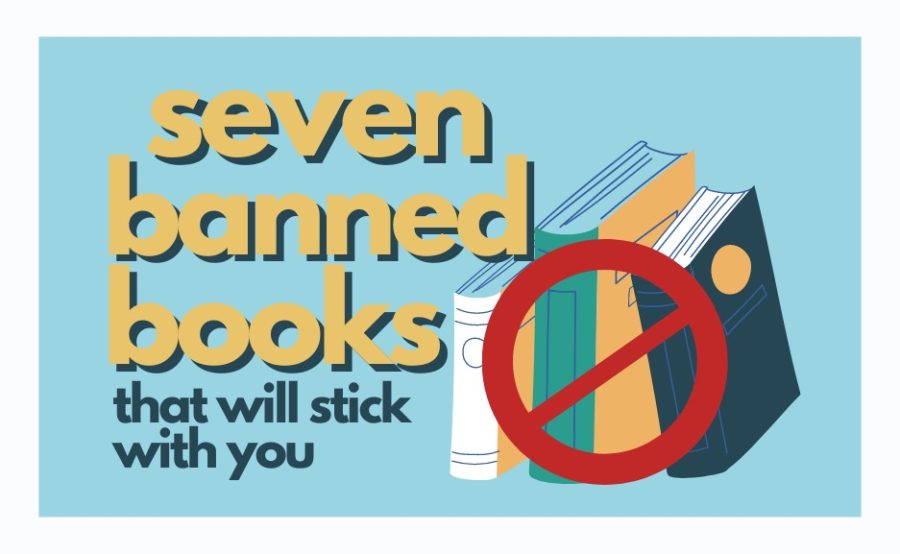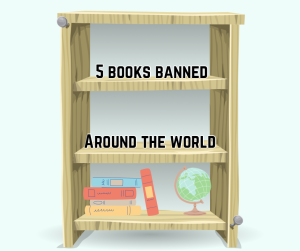Seven banned books that will stick with you
Book banning is often born of ignorance and fear, an attempt to censor important issues and silence underrepresented voices. Everyone should be reading banned books— here are seven I recommend.
September 21, 2022
As an avid reader, I despise book banning. The following list contains some of my favorite books which have been banned or challenged over the years. These books tackle essential issues and have left some sort of impression on me even years after I first read them.
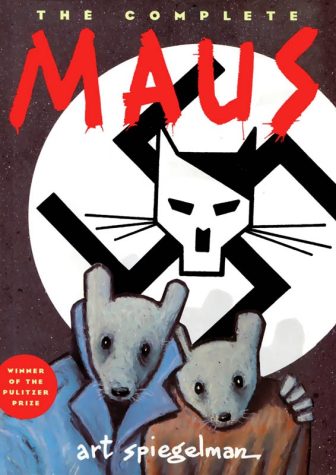
“The Complete Maus: A Survivor’s Tale” by Art Spiegelman
Reason for ban: nudity, language and depictions of violence.
“The Complete Maus: A Survivor’s Tale” is a biographical, graphic novel about the author and his father, Vladek Spiegelman, who survived the concentration camp in Nazi Germany-occupied Auschwitz, Poland. The story follows Vladek’s account of his suffering at the hands of Nazi Germany while providing insight into the relationship between Art and Vladek in the present day.
“Maus” is a particularly interesting Holocaust story as it tells not only Vladek’s tale of survival during the reign of Hitler, but also what his life is like as a free man decades later. This creates an extremely jarring, yet humanistic, view of the Holocaust, emphasizing that survivors were expected to resume life as normal after their escape.
It also shows how the Holocaust affected the survivor’s families and future generations. Generational trauma is a big theme in this book, and being a witness to Vladek and Art’s rocky relationship was almost as frustrating as reading about the horrors Vladek experienced as a Jew during the reign of Nazi Germany. I simultaneously empathized with Art’s weariness towards his father’s coldness and entitlement, and judged Art for being so harsh and uncaring towards his father.
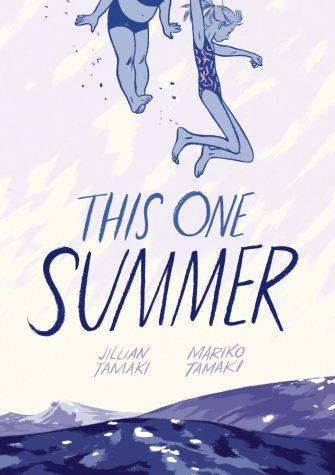
“This One Summer” by Mariko Tamaki
Reason for ban: LGBTQ characters, drug use, profanity and sexuality.
“This One Summer” was the most challenged book of 2016 according to the American Library Association. The graphic novel follows a teenage girl named Rose. Rose and her family stay at their vacation home in Awago every summer, and she spends a lot of time with her summer friend Windy, a resident there. Yet Rose seems to be getting tired of Windy’s childish nature. Meanwhile, Rose grows frustrated with her distant, depressed mother and fosters a growing contempt for Jenny, an older girl who has caught the attention of Rose’s crush.
This book is a challenging, yet beautiful, coming-of-age story, depicting a fairly underrepresented topic: internalized misogyny. As Rose becomes a teenager, she grows eager to impress older teenage boys. She resorts to harshly criticizing and berating other, more mature girls, who she calls “sluts.” Simultaneously, she loses all interest in anything she and Windy used to love in order to impress her much older crush, Duncan.
By the end of the novel, Rose begins to correct this way of thinking. I feel this book holds so much value for young girls especially, as a girl who went through this exact phase and has a sister going through a similar phase. Most importantly, this book promotes having empathy to those we struggle to understand, whose actions or personality we are confused by or outright frown upon. The message is intelligently subtle, and the illustrations are beautiful and moody, perfectly setting the tone of the story.
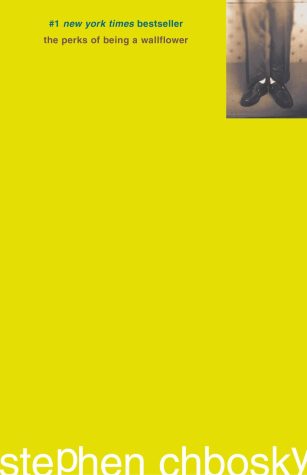
“The Perks of Being a Wallflower” by Stephen Chbosky
Reason for ban: LGBTQ+ characters, sexual content, drug and alcohol use, abuse, abortion, suicidal themes and bullying.
“The Perks of Being a Wallflower” is written as a series of letters by Charlie, a freshman high school student. The letters, simply addressed to “friend,” are a project assigned to him by his therapist. Charlie describes the pain he observes around him, experienced by the people he loves. As Charlie struggles not to become “unwell” again, he meets Sam and Patrick, who call themselves wallflowers, a band of social misfits. They teach him not to simply live life, but to experience it.
I am especially sad that this book is often challenged because it is a book that made me feel seen when I was entering junior high myself. “The Perks of Being a Wallflower” is so important for readers who may be struggling with trauma and depression as a teenager, to help them feel heard.
The letter format makes the already emotional book feel all the more intimate. I wanted to reach through the page and hold Charlie. The novel touches on the pain of being unable to help people who are hurting without hurting yourself and how to cope when your abusers are the people you love most.
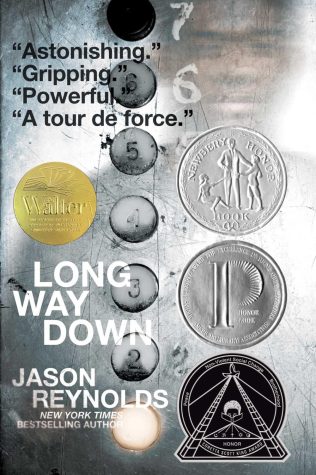
“Long Way Down” by Jason Reynolds
Reason for ban: gun violence and language.
“Long Way Down” is a book written in verse with the majority of the plot taking place in the span of 60 seconds. After his older brother, Shaun, is shot dead in their neighborhood, 15-year-old Will knows he has to follow three rules: don’t cry, don’t snitch and get revenge. But as he starts his elevator descent to kill his brother’s murderer, ghosts from his past join him on the way down.
I have never enjoyed a book written in verse until “Long Way Down.” The story is enhanced by the verse format. As Will starts to doubt himself, the words become more jumbled, and when Will is firm, the words are more linear.he words that stand alone on a page feel like a shot to the heart, just as Reynolds intended.
“Long Way Down” is one of the few books I’ve rated five stars. Every line has a purpose, every page holds so much weight and emotion. It expertly portrays the harrowing consequences of gun violence and cycles of violence. It highlights that society neglects the many children, often in impoverished communities, who come into contact with this violence at far too young an age. Months after reading it, this book will randomly pop into my mind. It’s one I will carry with me for a long time.
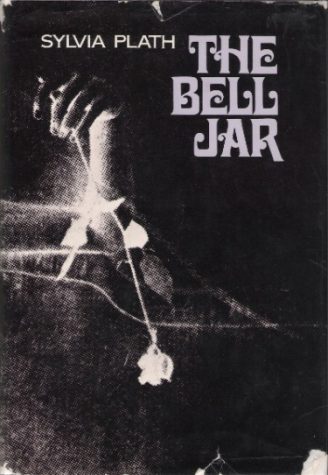
“The Bell Jar” by Sylvia Plath
Reason for ban: sexuality, discussions of suicide and the “overt rejection of the woman’s role as wife and mother.”
In “The Bell Jar,” Esther Greenwood is sent to New York during her college years to work as a magazine editor. This classic novel relies less on an enthralling plot and more on the reader’s delve into Esther’s psyche. While going through the motions of life and facing heartbreak and trauma as a young woman, Esther begins to feel completely out of touch with her body and her life. As her mental well-being spirals, Esther fears that there is no way to escape the bell jar of insanity closing over her.
“It was a queer, sultry summer, the summer they electrocuted the Rosenburgs, and I didn’t know what I was doing in New York.” An opening line so strong and intriguing that I didn’t have to open the book to remember it. This line alone emulates the iconic status of the book, as well as sets the tone for what’s to come. Plath writes so enticingly, and Esther’s emotions and doubts seem to seep through every word.
If you keep up with book trends, you’ll know that “sad woman” fiction is extremely popular right now. This includes titles like “My Year of Rest and Relaxation” and “Beautiful World Where are You.” ”The Bell Jar” is the masterful mother of the genre, depicting women’s struggles with mental health long before it was acceptable to do so. It is depicted in a way that draws sorrow and emotional turmoil from the reader, leaving me captivated by Esther’s story.
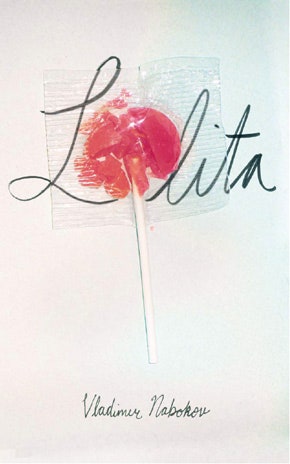
“Lolita” by Vladimir Nabokov
Reasons for ban: pedophilia, sexual themes and violence.
Perhaps the most controversial book on this list, “Lolita” is told in the form of a jury plea from a man named Humbert Humbert, who is trying to convince his audience that he is not guilty of pedophilia or murder. Not because he did not commit those acts, but because those acts, in his eyes, were justified.
In his tale, Humbert describes marrying a woman, Charlotte Haze, because he was in love with her 12-year-old daughter, Dolores. After her mother’s sudden death, Humbert and Dolores, who also goes by “Lolita,” embark on an increasingly deranged and obsessive cross-country road trip.
Lolita is definitely not for everyone. I remember being hesitant to pick it up, and feeling almost guilty when I did. I love stories in which the main character or narrator is the villain, and “Lolita” fits the bill. I think the biggest misunderstanding about this book is that it glorifies or condones pedophilia, that this book was intended to be a romance. If anything, this book is a psychological thriller with an unreliable narrator.
The book allows readers a glimpse into the mind of an obsessive, psychotic and delusional man, evoking strong feelings of horror and disgust in the reader. Despite the disturbing subject matter, I felt that Nabokov had an almost enchanting writing style, describing Humbert and Lolita’s spiral as if it were an epic adventure.
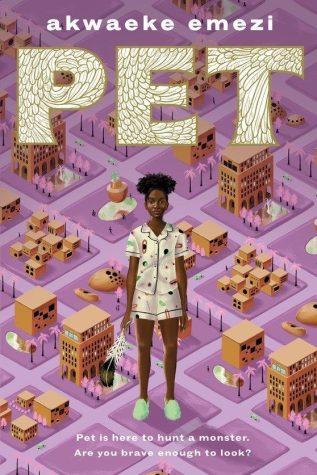
“Pet” by Akwaeke Emezi
Reasons for ban: LGBTQ themes, sexuality and radical ideas.
“Pet” is a utopian tale centered around a young transgender girl named Jam. After the angels (protestors and social reformers) came and sent the monsters (oppressors) away to rehabilitation, the city of Lucille found peace. There is no more homelessness, imprisonment, bigotry or oppression. When one of her mother’s paintings, named “Pet,” comes to life and warns her that her best friend, Redemption, is in danger, Jam finds that monsters still exist, even when we ignore them.
First off, this story is written beautifully, using a mix of African American Vernacular English and language from this new world to create captivating lines that can feel like a hug or a sucker punch. I have my own copy of this book, and it’s filled to the brim with annotations and underlining.
This book is also especially strong thematically. It teaches readers that we can’t avoid problems, personal or worldly, by simply ignoring them. It examines what truly makes a person good or bad, and whether there can ever be such a thing as a utopia when a “perfect” society eradicates free thought and encourages blissful ignorance.
A secondary reason that this book is challenged or banned is its references to child abuse. We often try to “protect” children and young adults from watching or reading about the existence or nature of abuse, but what about those who are experiencing it for themselves? Books like “Pet” are so important for young people to see themselves and their pain reflected on the page, for them to feel empowered to speak up about their abuse in a world that would rather silence discussions about it. “Pet” is a book anyone can benefit from reading.
Banned Book Week takes place every year in September. It celebrates the books that people have challenged, censored, or outright banned from schools or libraries. To learn more about book banning and the dangers it presents, read “Banned Book Week highlights the dangers of censorship.”

